Table of content
Dried lilies, scientifically known as Lilium lancifolium or Lilium brownii, are a culinary gem cherished across Asia for their delicate flavor, tender texture, and versatile applications. Often referred to as “lily bulbs” or “dried lily flowers,” these edible blooms are a staple in soups, stews, stir-fries, and even desserts. While they may seem intimidating to those unfamiliar with their preparation, mastering the art of cooking dried lilies can transform ordinary meals into gourmet experiences. This article explores the nuances of rehydrating, seasoning, and cooking dried lilies to perfection, offering a collection of recipes and tips to help you unlock their full potential.
Understanding Dried Lilies: A Brief Introduction
Dried lilies are harvested from the bulb of the lily plant, which is then cleaned, sliced, and dried under controlled conditions. The result is a pale yellow, slightly translucent ingredient with a mild, slightly sweet aroma and a crisp texture when rehydrated. Rich in vitamins B and C, dietary fiber, and antioxidants, dried lilies are not only delicious but also nutritious. Their ability to absorb flavors while retaining their distinct taste makes them a favorite in both savory and sweet dishes.
Preparation 101: Rehydrating Dried Lilies
Before cooking, dried lilies must be rehydrated to restore their tender texture. Follow these steps for optimal results:
- Soaking: Place the desired amount of dried lilies in a bowl and cover them with warm water. Allow them to soak for 20–30 minutes, or until they become pliable.
- Rinsing: Drain the water and rinse the lilies under cold running water to remove any residual debris.
- Trimming: Gently trim off any tough or discolored ends using kitchen shears.
Pro Tip: For a quicker rehydration process, use boiling water and soak the lilies for 10–15 minutes. However, avoid over-soaking, as this can make them mushy.
Cooking Methods: From Stir-Fries to Soups
Dried lilies adapt beautifully to various cooking techniques. Here’s how to incorporate them into your recipes:
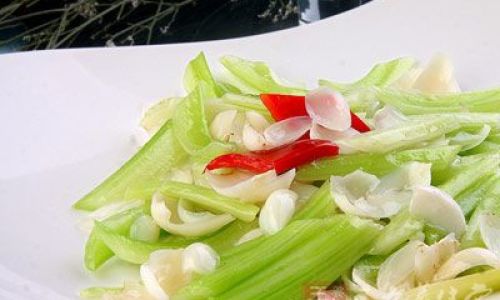
Stir-Frying: Crisp and Flavorful
Stir-frying rehydrated lilies with vegetables and proteins creates a vibrant, aromatic dish.
- Recipe Idea: Lily and Vegetable Stir-Fry
- Ingredients: Rehydrated lilies, bell peppers, carrots, snow peas, garlic, soy sauce, sesame oil.
- Instructions: Stir-fry garlic in hot oil until fragrant. Add vegetables and lilies, then season with soy sauce and a dash of sesame oil. Serve over steamed rice.
Soups and Stews: Hearty and Nourishing
Dried lilies add a subtle sweetness to broths and stews.
- Recipe Idea: Chicken and Lily Soup
- Ingredients: Rehydrated lilies, chicken breast, ginger, mushrooms, chicken broth, salt, pepper.
- Instructions: Simmer chicken and ginger in broth for 30 minutes. Add lilies and mushrooms, then cook for another 15 minutes. Season to taste.
Steaming: Delicate and Tender
Steaming preserves the lilies’ natural flavor and texture.
- Recipe Idea: Steamed Lily with Garlic Sauce
- Ingredients: Rehydrated lilies, minced garlic, oyster sauce, cornstarch slurry.
- Instructions: Steam lilies for 10 minutes. Sauté garlic in oil, add oyster sauce, and thicken with cornstarch. Pour over steamed lilies.
Braising: Rich and Savory
Braising lilies in a flavorful liquid infuses them with depth.
- Recipe Idea: Braised Lily with Pork Belly
- Ingredients: Rehydrated lilies, pork belly, soy sauce, rice wine, sugar, star anise.
- Instructions: Brown pork belly in a pot. Add lilies, soy sauce, rice wine, sugar, and star anise. Simmer until tender.
Desserts: Sweet Surprises
Dried lilies can also be used in desserts for a unique twist.
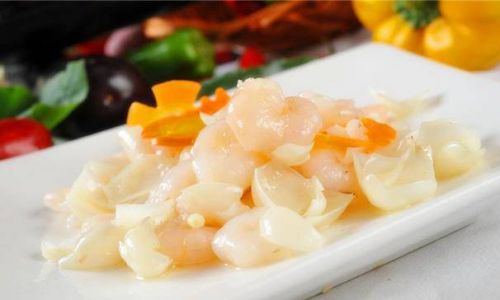
- Recipe Idea: Lily and Red Bean Sweet Soup
- Ingredients: Rehydrated lilies, red beans, rock sugar, coconut milk.
- Instructions: Simmer red beans until soft. Add lilies and rock sugar. Serve warm with a drizzle of coconut milk.
Enhancing Flavor: Pairings and Seasonings
Dried lilies pair exceptionally well with ingredients that complement their mild sweetness:
- Aromatics: Garlic, ginger, scallions.
- Proteins: Chicken, pork, shrimp, tofu.
- Vegetables: Mushrooms, carrots, spinach, bamboo shoots.
- Sauces: Soy sauce, oyster sauce, hoisin sauce, chili oil.
For a burst of freshness, top dishes with chopped cilantro or a squeeze of lime juice.
Creative Twists: Modern Takes on Dried Lilies
Experiment with global flavors to give dried lilies a contemporary edge:
- Lily and Pesto Pasta: Toss rehydrated lilies with al dente pasta, basil pesto, and grated Parmesan.
- Lily Tacos: Fill tortillas with sautéed lilies, black beans, avocado, and salsa.
- Lily and Quinoa Salad: Mix rehydrated lilies with quinoa, cherry tomatoes, cucumber, and a lemon-tahini dressing.
Storage and Shelf Life
To maintain quality, store dried lilies in an airtight container in a cool, dry place away from sunlight. Properly stored, they can last up to a year. Rehydrated lilies should be used immediately or refrigerated for up to two days.
Health Benefits: More Than Just Flavor
Beyond their culinary appeal, dried lilies offer numerous health benefits:
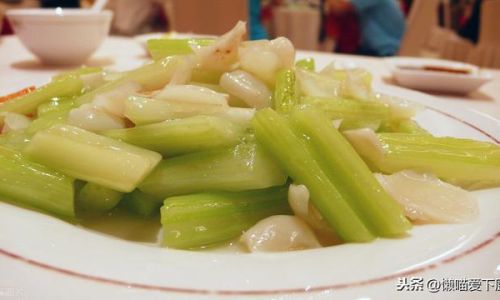
- Rich in Nutrients: High in vitamin B1, B2, and dietary fiber.
- Antioxidant Properties: Help combat oxidative stress.
- Soothing Effects: Traditionally used to alleviate coughs and soothe the throat.
Troubleshooting Common Issues
- Mushy Texture: Over-soaking or overcooking can cause this. Stick to recommended times.
- Bitter Aftertaste: Rinse thoroughly after rehydrating to remove any bitterness.
- Lack of Flavor: Pair with bold seasonings or aromatics to enhance their taste.
Cultural Significance
In Chinese cuisine, dried lilies symbolize purity and good fortune, often served during festivals and celebrations. Their presence in dishes like wedding banquets reflects their cultural importance as a harbinger of harmony and prosperity.
Conclusion: Elevate Your Cooking with Dried Lilies
Dried lilies are a testament to the beauty of simplicity in cooking. Their ability to bridge tradition and innovation makes them a valuable addition to any kitchen. Whether you’re crafting a comforting soup, a zesty stir-fry, or a creative dessert, dried lilies offer endless possibilities. By mastering their preparation and pairing them with complementary flavors, you can transform this humble ingredient into a star player on your plate. So, embrace the delicate charm of dried lilies—your taste buds (and your dinner guests) will thank you.
This comprehensive guide equips you with the knowledge to cook dried lilies confidently. From rehydration techniques to global recipe inspiration, you’re now ready to explore the culinary wonders of this versatile ingredient. Happy cooking!
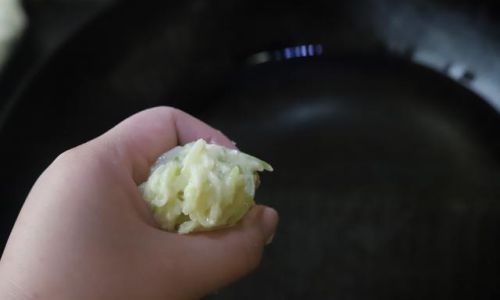
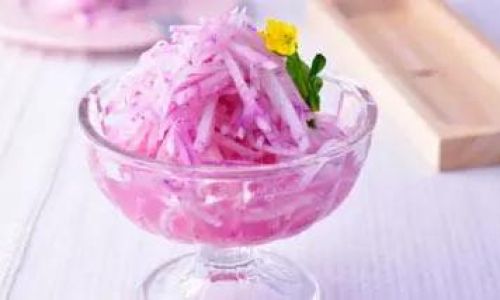
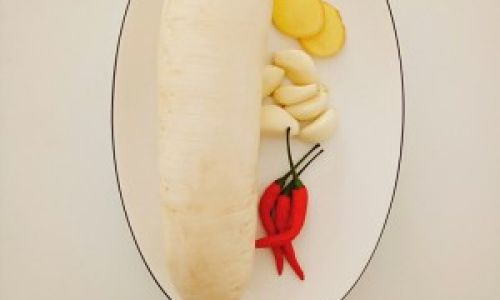
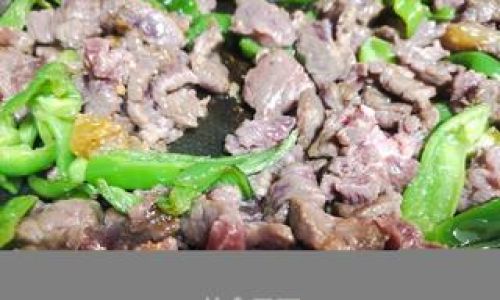

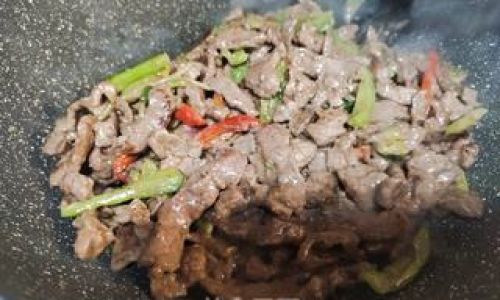
0 comments